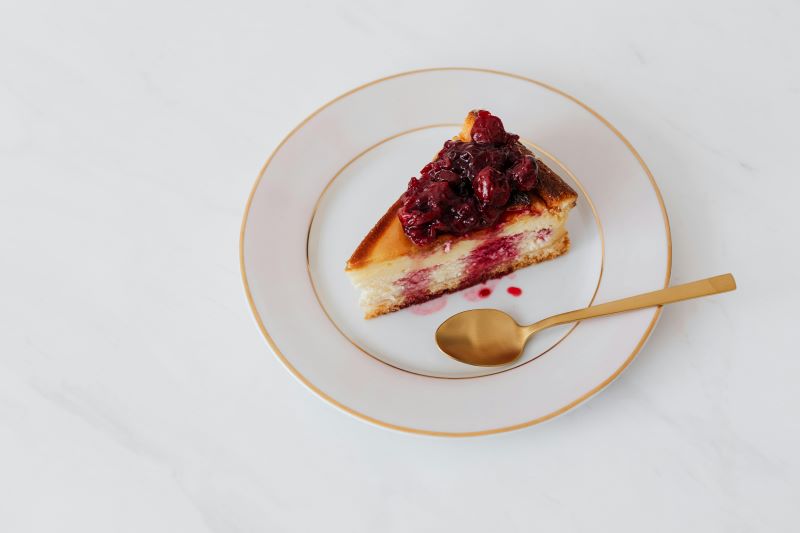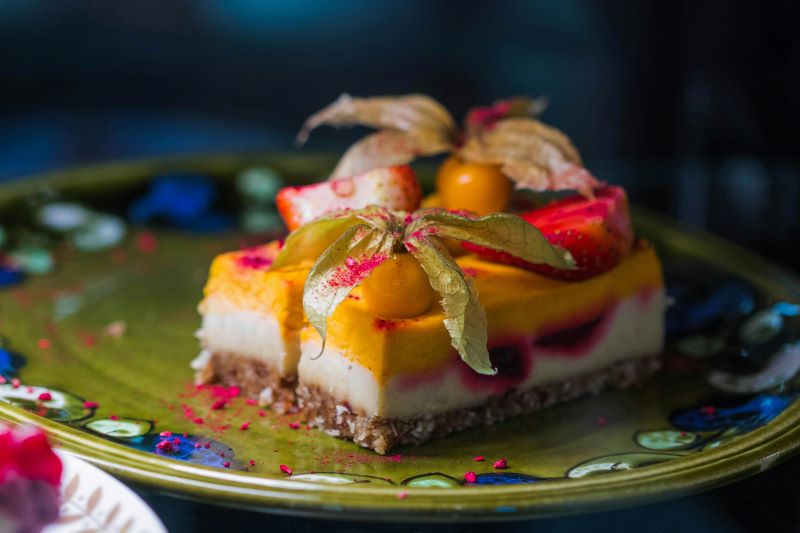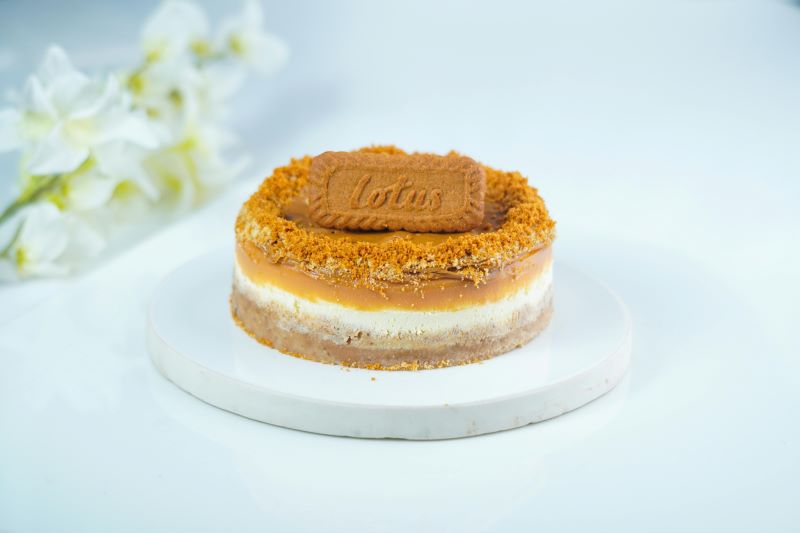Let me start with a confession—I’ve been obsessed with cheesecake for years. But not just any cheesecake. I’m talking about that dense, creamy, no-crack, melt-in-your-mouth kind made famous by the Philly cheesecake recipe. If you’ve ever taken a bite of that velvety slice and thought, how do they make it taste this good?—you’re not alone.
What makes Philly cheesecake unique isn’t just the use of Philadelphia cream cheese (though that’s a huge part). It’s the silky-smooth texture, the subtle tang that balances out the sweetness, and that iconic graham cracker crust with just the right crunch.
Whether you’re baking for the holidays, a special dinner, or just because your sweet tooth is staging a rebellion, this recipe’s got you covered.
So, if you’re ready to turn your kitchen into a mini New York bakery (with a splash of Philly flair), let’s dive into this legendary dessert, explore every layer—literally—and make the best cheesecake of your life.
How to Make the Best Philly Cheesecake Recipe at Home

Ingredients You’ll Need (Lexical & Common Attributes)
The Creamy Core: Filling Ingredients
- 4 packages (8 oz each) Philadelphia Cream Cheese, softened
- 1 cup granulated sugar
- 1 tsp pure vanilla extract
- 4 large eggs
- 1 cup sour cream (adds that tangy depth)
- 2 tbsp all-purpose flour (optional, for stability)
The Crust Foundation (Meronyms & Holonyms)
- 1 ½ cups graham cracker crumbs
- ¼ cup white sugar
- ½ cup melted butter
Optional Toppings (Holonyms)
- Fresh strawberries, blueberry compote, chocolate ganache, or whipped cream
Step-by-Step Directions (Collocations, Rare Attributes, Baking Nuance)
Step 1 – Prepare the Crust
- Preheat your oven to 325°F (160°C).
- Mix the graham cracker crumbs, sugar, and melted butter in a bowl.
- Press the mixture firmly into the bottom of a 9-inch springform pan.
- Bake for 8–10 minutes. Let it cool.
Step 2 – Blend the Filling (Semantically Related Entities)
- Beat the softened cream cheese with a mixer until completely smooth.
- Gradually add sugar and mix well.
- Add vanilla, then eggs one at a time—mix on low to avoid incorporating air.
- Stir in the sour cream and flour (if using).
Step 3 – Bake It Low and Slow (Connotations, Collocations)
- Pour the mixture over your cooled crust.
- Wrap the pan with foil and place in a water bath (rare but important!).
- Bake at 325°F for 60–70 minutes until the center is just slightly jiggly.
Step 4 – Chill Out
- Let it cool at room temperature for an hour.
- Chill in the fridge for at least 6 hours (overnight is best—trust me).
Exploring Cheesecake Types (Hyponyms)
Let’s geek out for a minute—did you know there are several types of cheesecake?
New York Cheesecake
Dense, rich, usually with extra egg yolks and a hint of lemon.
No-Bake Cheesecake
Chilled and set using gelatin or whipped cream—lighter, quicker, no oven needed.
Ricotta Cheesecake
More popular in Italy, lighter and slightly grainier in texture.
Sour Cream Cheesecake
What we’re working with! That creamy tang really elevates the flavor.
Why Use Philadelphia Cream Cheese? (Synonyms, Unique Attributes)
Yes, you can use generic cream cheese. But here’s my hot take: Philadelphia Cream Cheese is the gold standard. It’s smoother, thicker, and has that signature tang you just don’t get from off-brands.
Fun fact: despite its name, Philadelphia Cream Cheese wasn’t even made in Philly—it was branded that way in the 1880s to associate it with high quality.
So when we talk about Philly cheesecake, we’re referring more to the brand than the city (see: polysemy). Still, Philly folks should be proud of what the name has come to represent.
Emotional Value of Cheesecake (Connotations)
Cheesecake is more than dessert—it’s emotional. It’s a staple at celebrations. It comforts us during breakups. It impresses during dinner parties. It even shows up on fancy restaurant menus (hello, hypernym: dessert menu).
There’s a reason people go back for seconds.
Cheesecake Tips & Tricks (Rare Attributes & Jargon)
- Water-bath baking helps avoid cracks.
- Don’t overmix—too much air = poofed top, later collapses.
- Want to get fancy? Use a sourdough crust (yes, that’s a thing).
- Let ingredients reach room temperature—makes a smoother batter.
- Use a springform pan—trust me, don’t skip this.
FAQs: Philly Cheesecake Recipe
Q1: Can I make it without a springform pan?
Technically, yes. But it won’t be easy to get clean slices. A springform pan makes release effortless.
Q2: What if my cheesecake cracks?
It’ll still taste amazing. But if you want to avoid cracks, don’t overbake, and cool it slowly. Water baths also help.
Q3: Can I freeze Philly cheesecake?
Absolutely. Wrap it tightly in plastic wrap and foil. It’ll last about 2 months in the freezer.
Q4: What’s the difference between Philly cheesecake and New York cheesecake?
Philly cheesecake focuses on creaminess and tang. New York style is firmer and denser thanks to extra eggs and heavy cream.
Q5: Is Philadelphia cream cheese necessary?
Not mandatory—but highly recommended. It makes a difference in flavor and texture.

Conclusion: Make Cheesecake That’s Actually Memorable
So there you have it—the iconic Philly cheesecake recipe broken down for any home baker. It’s creamy, rich, and indulgently tangy—exactly what a proper cheesecake should be.
Remember, cheesecake is both an art and a science. Start with good ingredients (hi, Philadelphia Cream Cheese), go slow with the mixing, and treat chilling time like gospel.
And don’t be afraid to make it your own. Add a swirl of lemon curd, a layer of dark chocolate ganache, or keep it classic.
Either way, once you master this, everyone will want your recipe. Just don’t forget who helped you get there.

